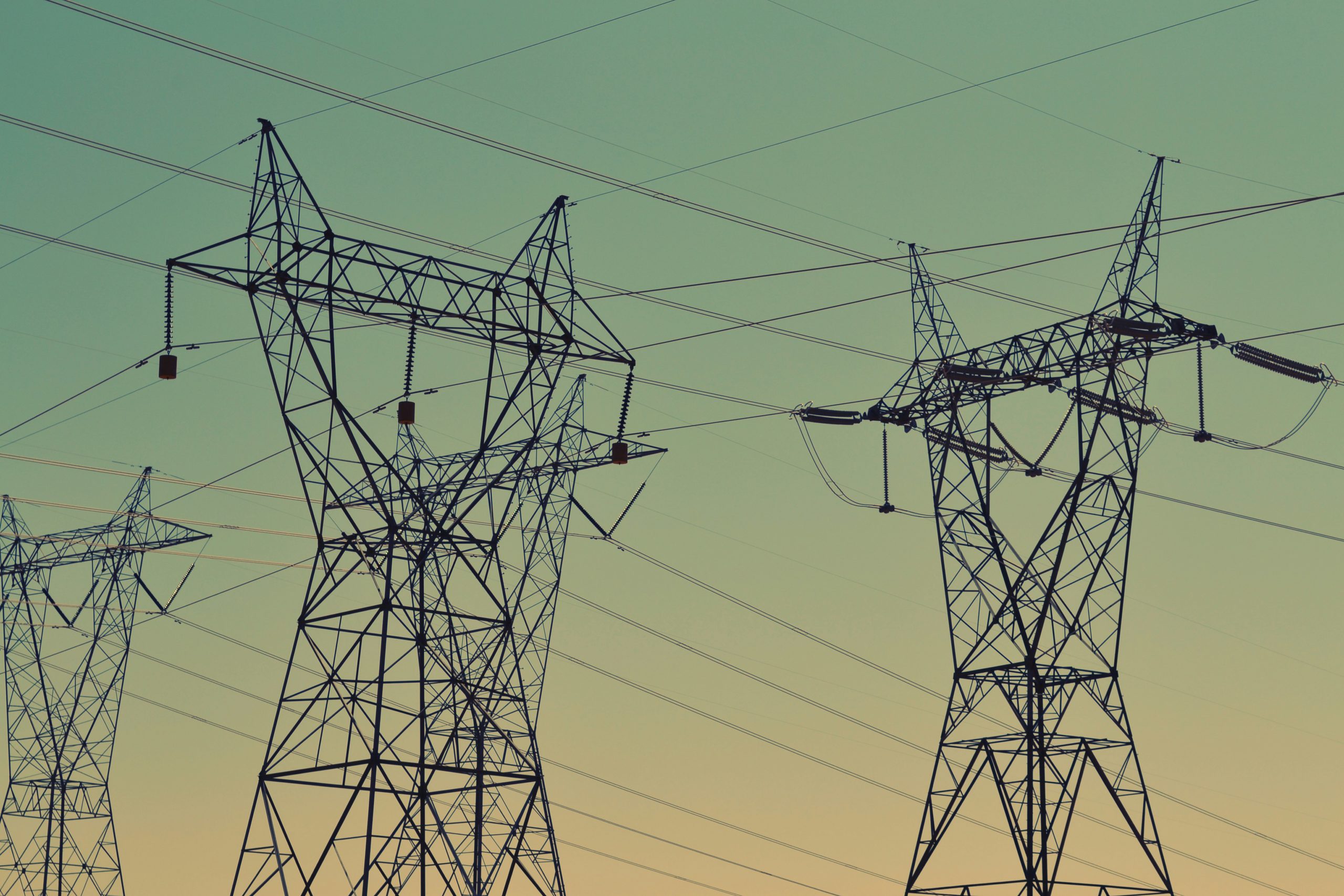Original article (in Croatian) was published on 05/12/2025; Author: Marta Kolarić
The plans for introducing the digital euro do not mention that it will replace physical money, it will merely be a digital complement to it.
On April 29 (archived here), a post appeared on the private Facebook profile of a Croatian user. The post describes the experience of a citizen of Valencia during a major power outage in Spain and Portugal. It expresses skepticism about the introduction of the digital euro, including inaccurate claims about the plan for how it would function.

The plan is not for the digital euro to replace banknotes and coins
“Stores closed. Cards not working. ATMs dead. Payments impossible. People were standing in lines like zombies, hoping to get candles and lamps. And all I could think about was: what if the digital euro had already been introduced?” claims the post, among other things. The author then adds:
“And that’s exactly why they want to eliminate cash: to replace it with the digital euro – an invisible, programmable currency that completely depends on electricity, apps, the internet, and EU approval.
One blackout. One cyberattack.
One ‘mistake’ – and you’re locked out of your own life”.
Despite a realistic depiction of the chaos that arises in the age of modern finance and cashless payments when electricity goes out, the user’s post contains one key inaccurate assumption – that the European Central Bank (ECB) plans for the digital euro to completely replace cash. In fact, the ECB explicitly states that the digital euro would complement banknotes and coins, not replace them.
As previously reported, the ECB’s website explains that the digital euro would be a form of cash in digital format – public money that everyone in the euro area could use for free, issued by the European Central Bank. The goal of the project is to ensure the euro remains stable, relevant, and adapted to the digital age. In other words, introducing the digital euro would not mean eliminating cash, as the digital euro would complement it. Cash would remain one of the available payment methods even after the digital euro is introduced.
Central bank digital currency (CBDC) is not new, it already exists, but citizens haven’t had digital access to it so far. As Faktograf has previously written, commercial banks already use central bank digital money to conduct monetary policy and ensure the stability of the payment system. Citizens currently only have access to central bank money in physical form – as banknotes and coins. While all money in commercial bank accounts is digital, it represents a liability of the banks, not the central bank. The new central bank digital currency would be a digital form of central bank money available to everyone, including private individuals.
The plan is for the digital euro to enable secure and private payments
“And don’t forget: They’ll track everything you buy. They’ll decide where and how you can spend your money. They’ll have the power to freeze your account without warning. And they’ll call it ‘innovation’ or ‘convenience’.
Yesterday, it was ‘just’ a blackout. And look at the chaos. I was without power for 9 hours. It came back… but only partially! Now, imagine your entire personal financial system depends on a fragile, centralized system.
No cash. No backup. No freedom. That’s not ‘convenience’. That’s a prison!” the post continues.
We’ve previously reported that privacy is one of the most important features in the design of the digital euro, as emphasized by the European Central Bank. The digital euro would allow payments to any merchant or store in the euro area that accepts digital payments – even without an internet connection – because it would support both online and offline transactions. This means it could still be used without access to the network or mobile service. Additionally, it’s designed to protect user privacy: in online payments, the payer’s identity would not be revealed, while offline payments would offer privacy equivalent to that of cash – with data known only to the payer and the recipient, according to the ECB.
According to an ECB press release, users could access the digital euro through the app and online interface of their payment service providers or via a dedicated app provided by the Eurosystem itself. Citizens would also be able to use the digital euro without needing private banks or card companies – meaning even those without bank accounts or digital devices could make payments using the digital euro. Additionally, ATMs would allow the exchange of digital euros for cash and vice versa. The digital euro would come in the form of a mobile app, a computer or tablet interface, or even a physical card in your wallet.
Users would only be allowed to hold a limited amount of digital euros in their accounts. This isn’t meant to control what people buy, but rather to maintain financial system stability and prevent massive withdrawals from commercial banks that could weaken the banking system. So, citizens would be able to keep only part of their money in digital euros, while the rest could remain in their private bank accounts as usual. Furthermore, they wouldn’t be required to use digital euros, they could continue using regular bank accounts as they do now.
What happens if the power goes out?
Public skepticism towards the digital euro still exists, despite the ECB’s efforts to present it solely as a supplementary means of payment, not a tool for saving or investing. According to FinTech Weekly, a recent power outage that hit the Iberian Peninsula highlighted the vulnerabilities of relying on digital payment systems. During the blackout, people lost access to their money and the ability to make payments because ATMs, POS devices, and mobile networks stopped working, exposing the fragility of digital financial systems in crises. Although the digital euro is expected to support offline payments, these still rely on electricity and devices, and may become unavailable during technical disruptions.
As FinTech Review writes, in the event of a power outage, there are two options: cash or offline payment. Cash remains the most reliable option for buying essential items, as it doesn’t depend on electricity or internet connectivity, making it the only option in most long-term power outages. Offline card payments are possible if the merchant uses offline card terminals, but the amount that can be paid is limited. Larger retailers invest in solutions like battery-powered POS devices and generators to maintain operations, while smaller stores often lack such resources and must close during extended outages. Although more resilient technologies like Bluetooth payments and solar terminals are being developed, experts stress that cash remains irreplaceable in emergencies. Therefore, citizens are advised to always keep a certain amount of cash on hand.
The power outage in the Iberian Peninsula
A sudden, massive power outage hit Spain and Portugal on Monday, April 28, shortly after 12:30. Electricity was out for nearly ten hours in most affected areas, and in some regions, the outage lasted even longer. Over 55 million people were left without power, and the restoration of the electrical grid did not occur until the following morning. Smaller outages lasting a few minutes or seconds were also recorded in parts of France and Andorra. Power was restored with the help of renewable sources, such as hydropower plants, and energy interconnections with France and Morocco.
The exact cause of the outage is still unknown. While previous power outages in Europe were usually caused by clear factors like fires or severe weather, this outage happened on a clear and warm day in Spain, adding to the mystery. The highly integrated electrical grid that usually allows Spain and Portugal to exchange electricity and supports grid stability instead led to a collapse of the power supply in both countries. Although the Iberian Peninsula is partially isolated, it is connected to France, but the crisis didn’t spread, as the EU’s network is designed to self-protect. The Spanish grid was automatically shut down when it became unstable.
Many initially feared it was a cyberattack, but the electricity grid operator Red Eléctrica stated on Tuesday that a preliminary investigation found no evidence of digital infiltration. The operator believes the issue originated in the Spanish region of Extremadura, which is rich in solar power plants, hydroelectric plants, and a nuclear power station. Experts and European officials are careful not to blame renewable energy sources, but right-wing political parties are using the situation to criticize the shift toward cleaner energy.
Frequency dropped from 50 Hz to 49 Hz
As recently reported by Klimatski portal, what is known about the massive power outage on the Iberian Peninsula is that the frequency in the power grid dropped from 50 Hz to 49 Hz just before the outage. At first glance, this may not seem significant, but it represents a major problem. For the electricity distribution system – from producers to consumers – to function smoothly, the frequency needs to remain stable. Power grids within the European Union operate at a frequency of 50 Hz, and fluctuations of only 0.01 Hz are considered normal. Therefore, the frequency must consistently stay within the range of 49.99 to 50.01 Hz.
They also reported that the theory suggesting renewable energy sources played a role in the outage is not entirely unfounded, as Red Eléctrica, the company that operates Spain’s electricity grid, stated that a failure in solar panel electricity production could have contributed to the outage. It is a fact that renewable energy sources are intermittent, which adds complexity to balancing (maintaining frequency within an acceptable range) when a large share of the grid relies on them. However, past examples in Spain have shown that it is possible to meet the electricity demands of a large population using only renewables. This makes balancing the grid more difficult, but not impossible.
Major blackouts in Europe are rare, but they have occurred. For example, in January 2021, a failure split the European grid into two parts, causing frequency deviations and brief outages in multiple countries. In 2006, poor cross-border coordination during a planned power line shutdown led to a chain reaction and widespread outages across the continent. Earlier, in 2003, a failure caused by a power line coming into contact with a tree led to system collapse in Italy and Switzerland, affecting more than 50 million people. Just last year, extreme heat triggered blackouts in Bosnia and Herzegovina, Albania, Montenegro, and parts of Croatia.
In conclusion, it is incorrect to claim that payment system chaos in Spain and Portugal would have been worse if the European Central Bank had already introduced the digital euro. This is because the plans for the digital euro do not propose it as a replacement for physical cash, but rather as a digital complement. Therefore, the claim is rated as partially false.



